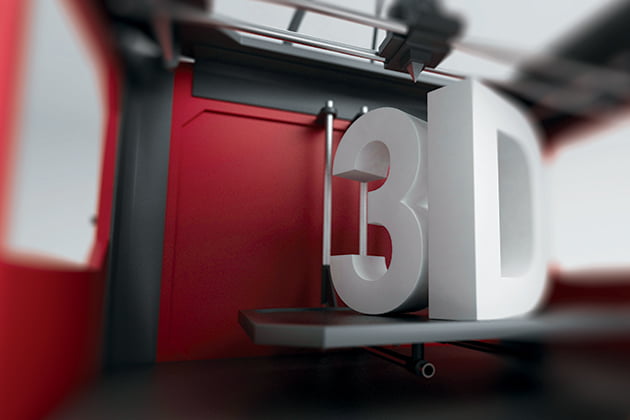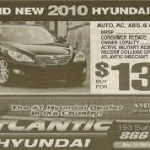
We are currently experiencingthe printed economy – an economy in which 3D printing has a major role in many big industries. A few years back, printing was almost exclusively used in creating prototype, but now they are being used as an invaluable tool across different industry. It has become normal to see intricately designed piece of art of tool to boost a business’ creativity and productivity.
Here are some industries that utilize 3D Printing:
Automotive: 3D printing can now manufacture vehicle parts and even whole cars. Cutting-edge, specialty cars that have minor production runs will particularly benefit. Bentley is one company that has already shown the viability of using 3D printing for tiny, complex parts. Motorcyclists and bikers will also be able to order their own custom-built helmets that are printed to suit their individual head size and structure.
Electronics: Designing and 3D printing electronics with optimum shape and shaping properties is now common. 3D printing is ideal for the intricate geometric features required in small, small electronic circuit boards that use several materials ranging from short conductivity plastics to high conductivity metal parts. A team of researchers fromHarvard University and the University of Illinois at Urbana-Champaign has already invented tiny batteries with 3D printing. The batteries are capable ofpoweringinsect-sized machines and hundreds of other tiny devices.
Military: Most of the equipment for the military is intricate and created in relatively low amounts. Many parts are custom and spare parts are regularly needed. 3D printing allowed the instant manufacture of additional parts on-site in remote sites through 3D printing. The first 3D-printed gun already showcasedyears back.
Medicine: Medical solutions arenow more tailored for individual patients. Any small soft-tissue organ such as an ear, finger, or kidney can be 3D created and isprevalent these days. Metal hip implants, skull transplants, orthopedic insoles, body brackets, and jaw transplants have already been created on 3D printers.
Food: Believe it or not, food products such as chocolates that are formed like company logos, names, and other unique objects is now widely printed. Anything that can occur in liquid or powder form – in other words, materials that can then be extruded through a needle or syringe – can be printed. This includes cheese, sugar, sauces, and others. A meal involving of pizza, an eggplant dish, panna cotta, and corn pasta was recently 3D printed.
Tools: Inexpensive consumer 3D printers or 3D printing with Konica Minolta is at least 10 times cheaper than the ones that exist today and open-source 3D design is now being fully utilized. People can download 3D design files for the tools they want, modify and alter them as they wish, and then 3D create them in their homes.
Jewelry: Jewelers can now abandon outdated manufacturing processes and use 3D printing to produce custom, limited-edition necklaces and chains. We can rapidly produce fine-looking pieces that previously needs large-scale, complex, and costly machinery.
With all these industries utilizing the power of 3D printing, it is natural for any new or long-standing businesses to follow suit and leverage its uses in their production.










